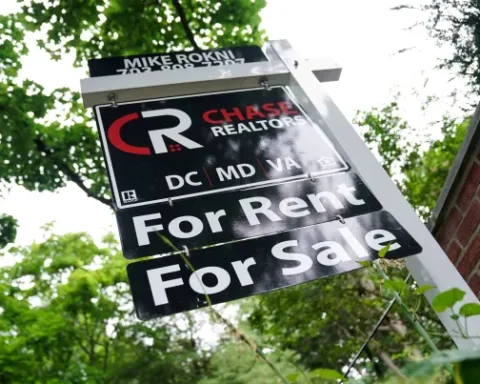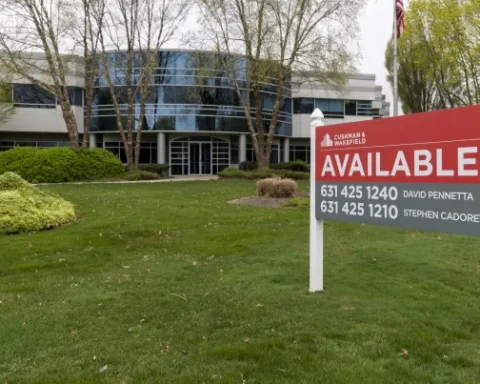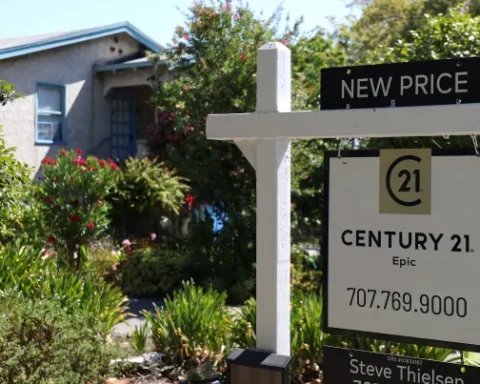In a startling economic indicator, pending home sales have plummeted to their lowest level since record-keeping began in 2001, surpassing the declines seen during the financial crisis over a decade ago. The National Association of Realtors (NAR) reported a 1.5% drop in October from September, with a significant 8.5% decrease compared to the previous year. This metric, a measure of signed contracts on existing homes, is a critical barometer of housing demand, reflecting the market activities of prospective home buyers.
The NAR’s report highlights that the dip in pending home sales results from various factors, including fluctuating mortgage rates and a persistent shortage of available housing. When these sales were calculated in October, the popular 30-year fixed mortgage rate spiked above 8%, although it has slightly retreated to around 7.3%. The chief NAR economist Lawrence Yun emphasized the situation’s complexity: “Recent weeks’ successive declines in mortgage rates will help qualify more home buyers, but limited housing inventory is significantly preventing housing demand from fully being satisfied.”
The disparity in housing supply has had a notable impact across the country. All regions experienced a decline in month-to-month pending sales, with the West, where housing is most costly, facing the steepest drop. Year-over-year comparisons also show a universal downturn. Interestingly, the Northeast was the only region to buck the month-to-month downward trend.
Despite the decline in sales, the housing market is still grappling with high demand, which continues to put upward pressure on home prices. These prices are not only reaching new peaks but are accelerating at an increasing rate. The NAR noted that higher-priced homes, particularly those above $750,000, are witnessing a surge in sales due to more availability in this market segment.
With its record-low pending home sales and persistent price pressures, the housing market’s current state presents a complex economic landscape. While recent decreases in mortgage rates offer some relief, the ongoing issue of limited housing inventory remains a substantial hurdle. As buyers navigate this challenging market, the dynamics of supply and demand continue to shape the future of real estate in unprecedented ways.







